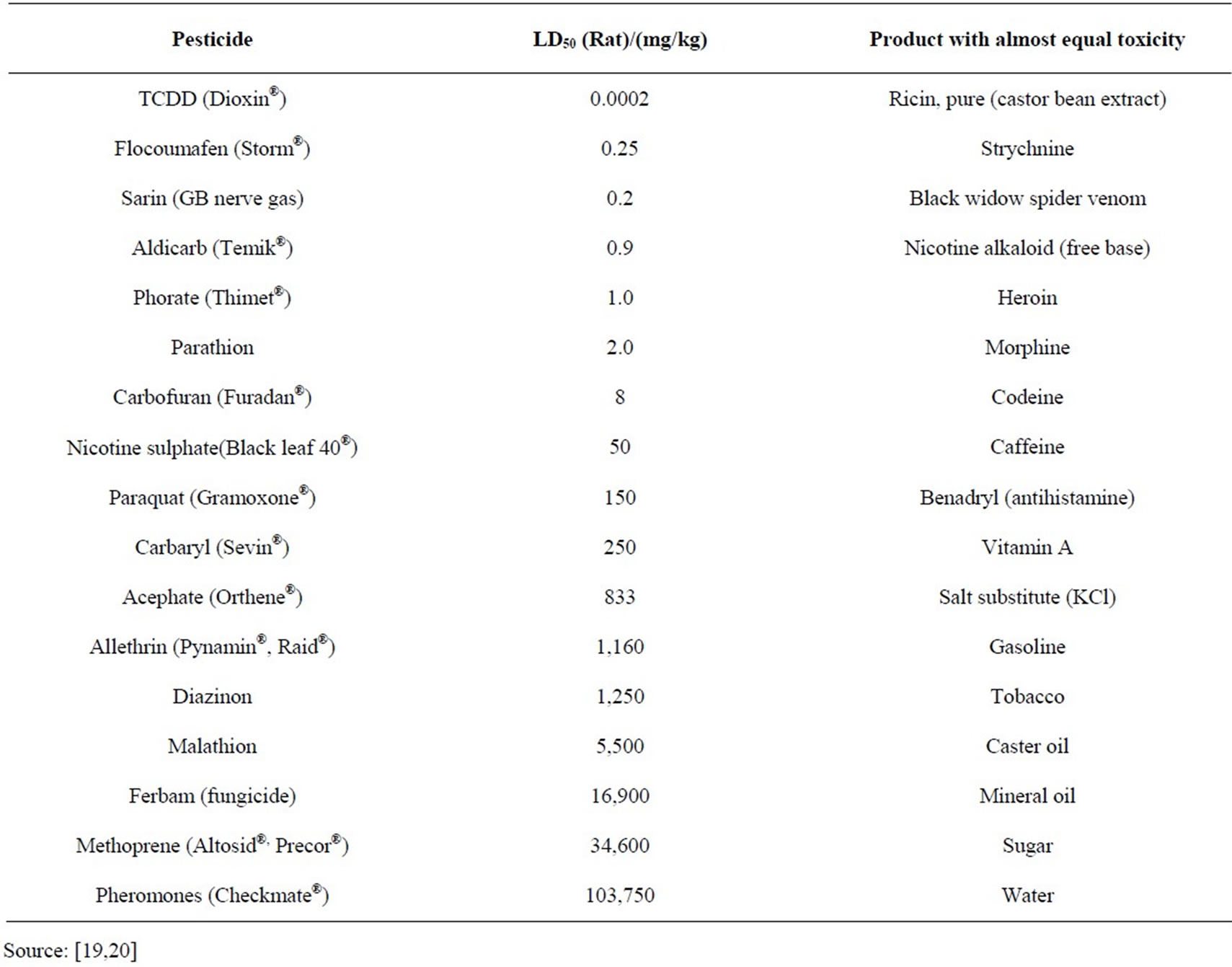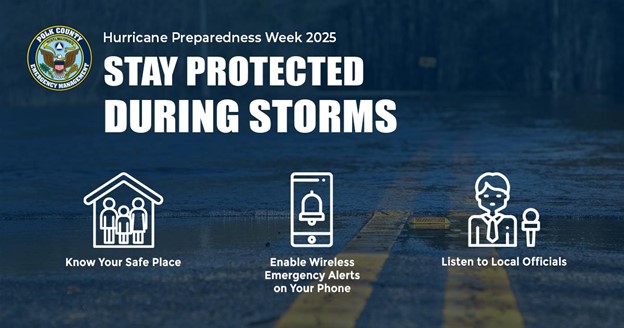IAEA Verification of Fukushima Water Discharge and Alignment with Sustainable Development Goals
Executive Summary
Independent analysis by the International Atomic Energy Agency (IAEA) has verified that the 13th batch of Advanced Liquid Processing System (ALPS) treated water, discharged from the Fukushima Daiichi Nuclear Power Station (FDNPS), adheres to international safety standards. The tritium concentration remains significantly below Japan’s operational limits, reinforcing the commitment to environmental and public health safeguards in line with global Sustainable Development Goals (SDGs).
Key Findings from IAEA Analysis
The IAEA’s continuous safety review and independent sampling provide critical data on the discharge process. The findings for the 13th batch are consistent with all previous releases.
- Tritium Concentration: Confirmed to be far below the operational limit of 1,500 becquerels per litre.
- Compliance: The discharge process aligns with international safety standards.
- Historical Consistency: All 13 batches released since August 2023, totaling over 93,500 cubic meters, have met these safety criteria.
- Radiological Impact: A comprehensive IAEA report from July 2023 concluded that the planned release would have a negligible radiological impact on people and the environment.
Contribution to Sustainable Development Goals (SDGs)
The rigorous monitoring and verification of the FDNPS water discharge directly supports the achievement of several key SDGs.
SDG 14: Life Below Water
The project’s primary environmental objective is to protect marine ecosystems.
- Preventing Marine Pollution: By ensuring tritium levels are far below established safety limits, the process actively works to prevent marine pollution, a core target of SDG 14.
- Protecting Marine Biodiversity: The verification of a “negligible radiological impact” confirms that the discharge is managed in a way that safeguards marine life and habitats.
SDG 3: Good Health and Well-being
Ensuring public health is a fundamental aspect of the safety review.
- Safeguarding Human Health: The independent confirmation of low radionuclide concentrations ensures that the water discharge does not pose a radiological risk to public health, contributing to the goal of ensuring healthy lives for all.
SDG 6: Clean Water and Sanitation
This initiative reflects principles of responsible water management and pollution control.
- Improving Water Quality: The treatment and dilution process is a direct action to reduce pollutants in the discharged water, aligning with the SDG 6 target of improving ambient water quality by minimizing the release of hazardous chemicals.
SDG 16 & 17: Peace, Justice and Strong Institutions & Partnerships for the Goals
The operational framework demonstrates the value of international cooperation and institutional oversight.
- Strong Institutions: The IAEA’s role as an independent, authoritative body provides transparent oversight and builds confidence, showcasing the importance of effective global institutions (SDG 16).
- Global Partnerships: The collaboration between Japan and the IAEA exemplifies a partnership (SDG 17) dedicated to implementing internationally agreed-upon safety standards for a sustainable and safe outcome.
1. Which SDGs are addressed or connected to the issues highlighted in the article?
SDG 3: Good Health and Well-being
- The article addresses public health by focusing on the safety of the discharged water. The IAEA’s confirmation that the radiological impact on people will be “negligible” directly connects to ensuring healthy lives and well-being by preventing exposure to harmful levels of radiation.
SDG 6: Clean Water and Sanitation
- The core issue is the management and discharge of treated wastewater into a large body of water. The article’s emphasis on treating the water, diluting it, and verifying that its contaminant levels are “far below the operational limit” relates to the goal of ensuring the availability and sustainable management of water, specifically by improving water quality and reducing pollution.
SDG 14: Life Below Water
- The discharge of treated water directly into the ocean has potential impacts on marine ecosystems. The IAEA’s comprehensive safety review, which concluded the release would have a “negligible radiological impact to… the environment,” directly pertains to the goal of conserving and sustainably using the oceans, seas, and marine resources by preventing marine pollution.
SDG 17: Partnerships for the Goals
- The article highlights the collaboration between a national entity (Japan’s TEPCO) and an international organization (the IAEA). The IAEA’s role in providing “independent sampling and analysis” and conducting a “comprehensive safety review” based on “international safety standards” exemplifies a multi-stakeholder partnership to achieve sustainable development goals through shared expertise and transparent monitoring.
2. What specific targets under those SDGs can be identified based on the article’s content?
SDG 3: Good Health and Well-being
- Target 3.9: By 2030, substantially reduce the number of deaths and illnesses from hazardous chemicals and air, water and soil pollution and contamination. The article’s focus on monitoring tritium, a hazardous substance, and ensuring its concentration is well below safety limits is a direct action to prevent potential illnesses from water contamination.
SDG 6: Clean Water and Sanitation
- Target 6.3: By 2030, improve water quality by reducing pollution, eliminating dumping and minimizing release of hazardous chemicals and materials. The entire process described—using an Advanced Liquid Processing System (ALPS), diluting the treated water, and releasing it in controlled batches—is aimed at minimizing the release of hazardous materials (radionuclides) to improve the quality of the receiving water body.
SDG 14: Life Below Water
- Target 14.1: By 2025, prevent and significantly reduce marine pollution of all kinds, in particular from land-based activities. The discharge of water from the Fukushima Daiichi Nuclear Power Station is a land-based activity. The extensive treatment and monitoring process described in the article is a measure to prevent and reduce this specific type of potential marine pollution.
SDG 17: Partnerships for the Goals
- Target 17.16: Enhance the global partnership for sustainable development, complemented by multi-stakeholder partnerships that mobilize and share knowledge, expertise, technology and financial resources. The collaboration between Japan and the IAEA, where the IAEA provides independent scientific expertise, monitoring, and validation against international standards, is a clear example of this target in action.
3. Are there any indicators mentioned or implied in the article that can be used to measure progress towards the identified targets?
Indicators for SDG 3, 6, and 14
- The article explicitly mentions a key performance indicator used to measure the safety and quality of the discharged water: the concentration of tritium in becquerels per litre. The article states that the measured concentration is “far below the operational limit of 1,500 becquerels per litre.” This quantitative measure serves as a direct indicator for assessing progress towards reducing water pollution (Target 6.3), preventing marine pollution from land-based activities (Target 14.1), and mitigating health risks from water contamination (Target 3.9).
Indicators for SDG 17
- While not a quantitative metric, the article implies qualitative indicators for partnership effectiveness. These include:
- The existence of a “comprehensive report” issued by the IAEA, which serves as evidence of shared knowledge and expertise.
- The ongoing process of “independent sampling and analysis” by the IAEA, which demonstrates a functional and transparent monitoring partnership.
- The public availability of reports and data on the IAEA website, indicating a commitment to transparency within the partnership.
4. Create a table with three columns titled ‘SDGs, Targets and Indicators” to present the findings from analyzing the article. In this table, list the Sustainable Development Goals (SDGs), their corresponding targets, and the specific indicators identified in the article.
| SDGs | Targets | Indicators |
|---|---|---|
| SDG 3: Good Health and Well-being | 3.9: Substantially reduce illnesses from water pollution and contamination. | Tritium concentration in becquerels per litre, confirmed to be below operational safety limits. |
| SDG 6: Clean Water and Sanitation | 6.3: Improve water quality by reducing pollution and minimizing release of hazardous materials. | Tritium concentration in the discharged water, measured against the operational limit of 1,500 becquerels per litre. |
| SDG 14: Life Below Water | 14.1: Prevent and significantly reduce marine pollution from land-based activities. | Confirmation that the radiological impact on the environment is negligible, based on monitoring tritium levels. |
| SDG 17: Partnerships for the Goals | 17.16: Enhance the global partnership for sustainable development through multi-stakeholder partnerships that share knowledge and expertise. | (Qualitative) The established process of independent sampling, analysis, and reporting by the IAEA in collaboration with Japan. |
Source: iaea.org







